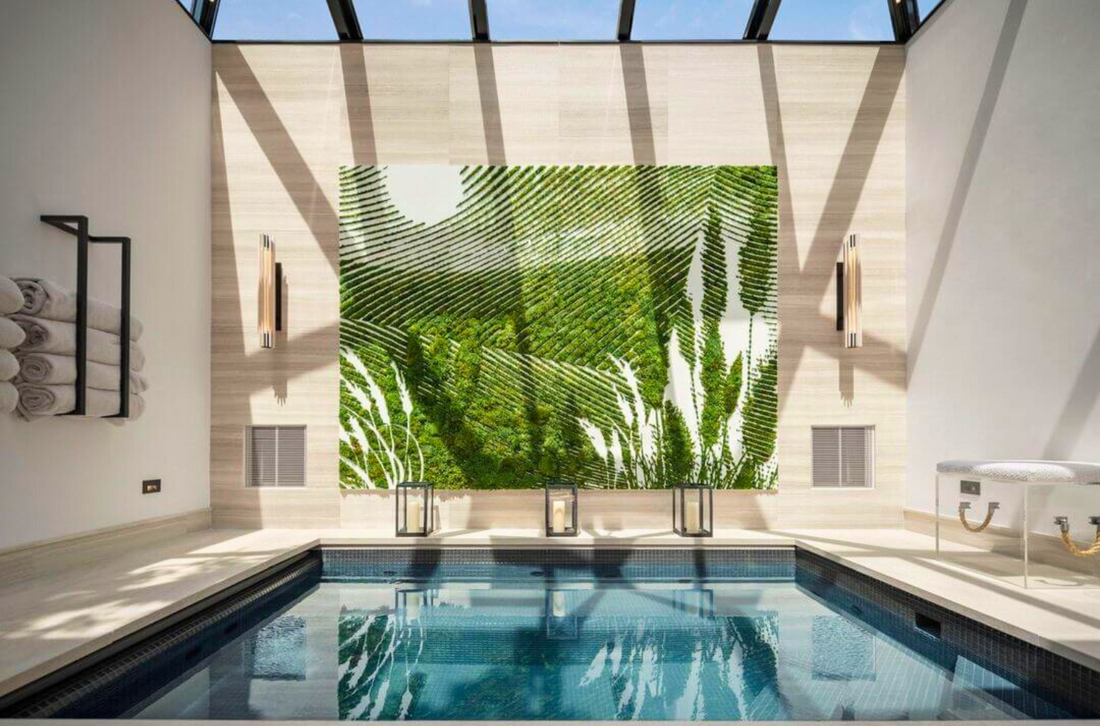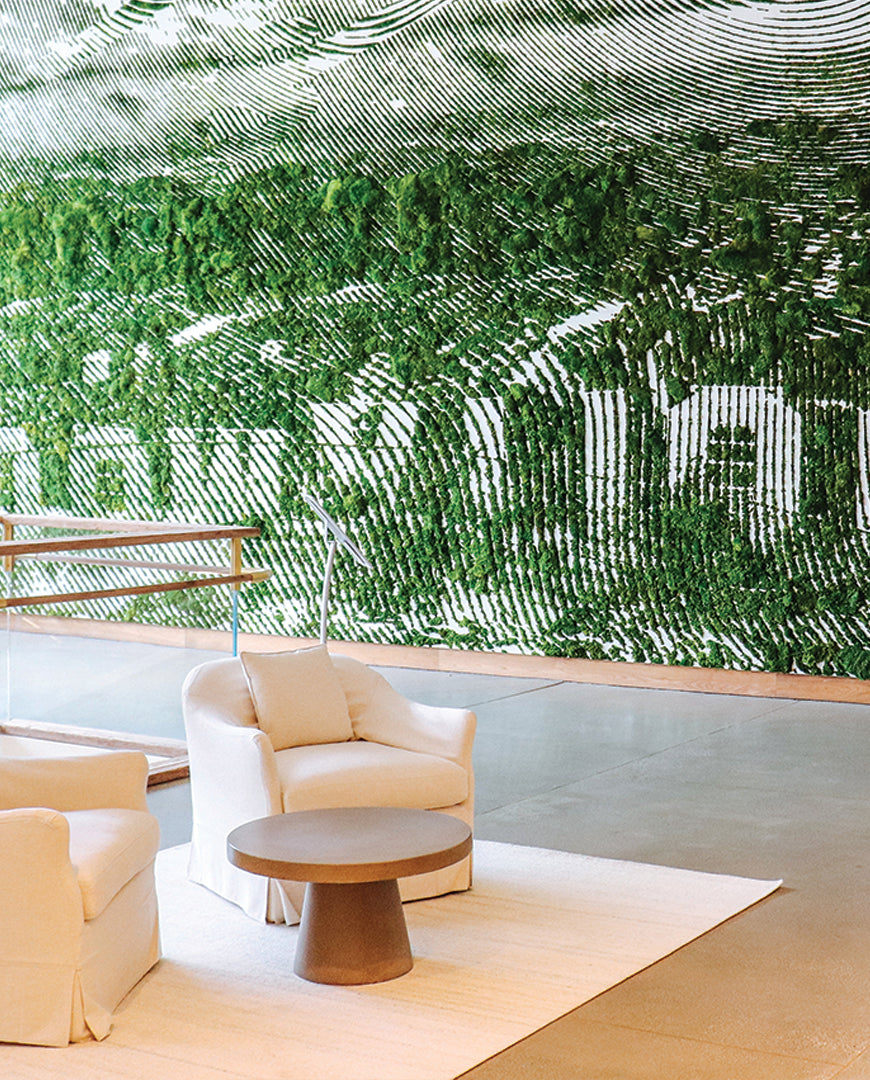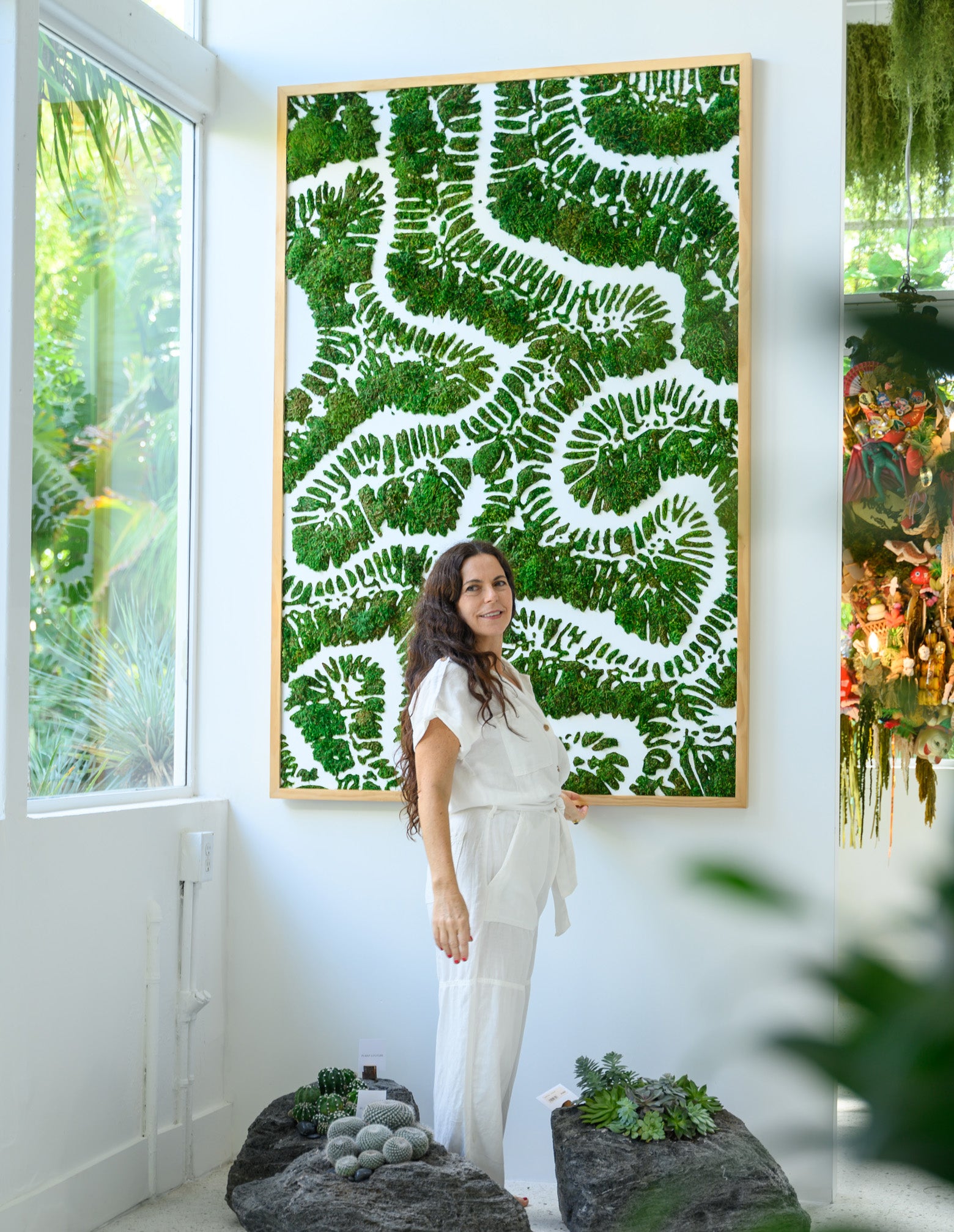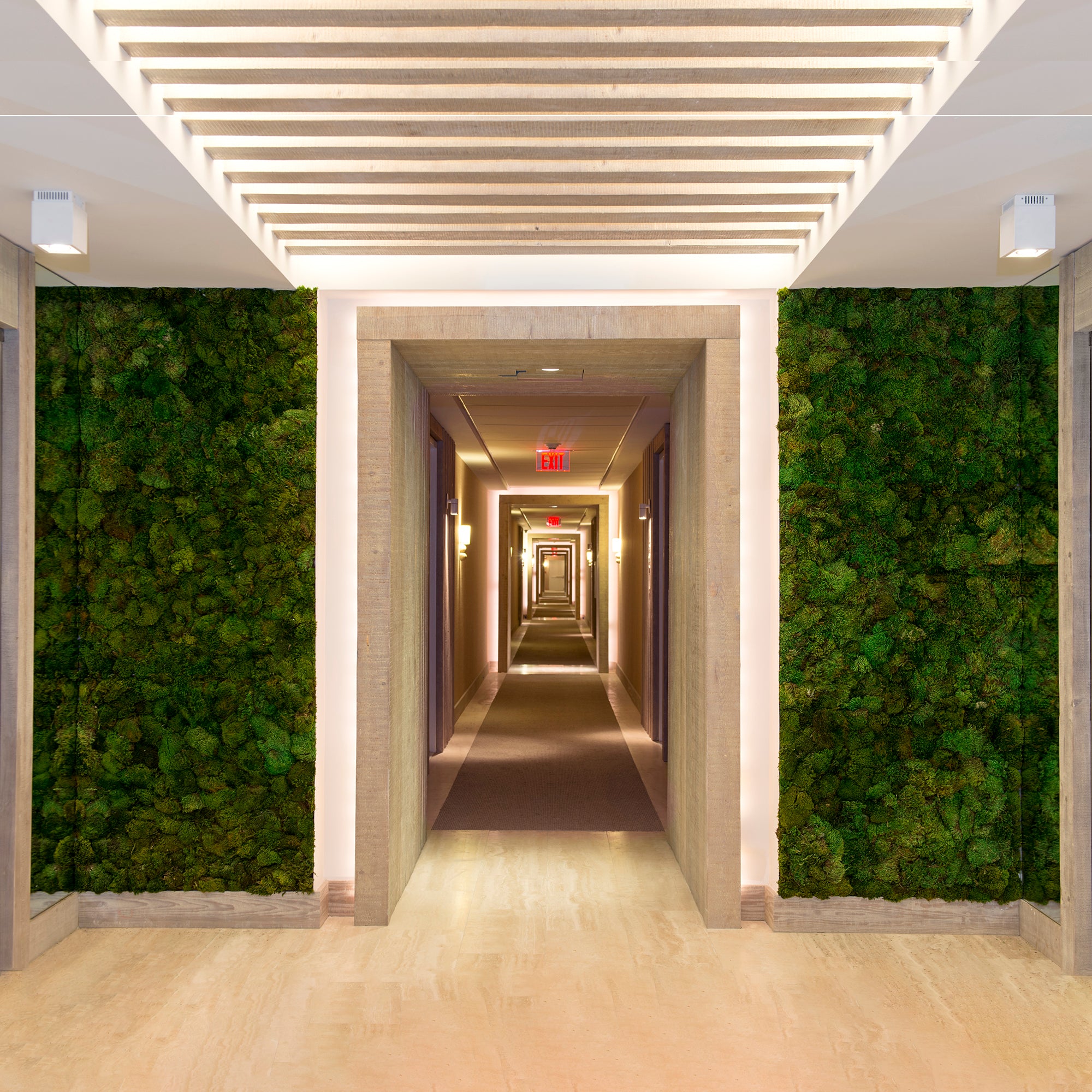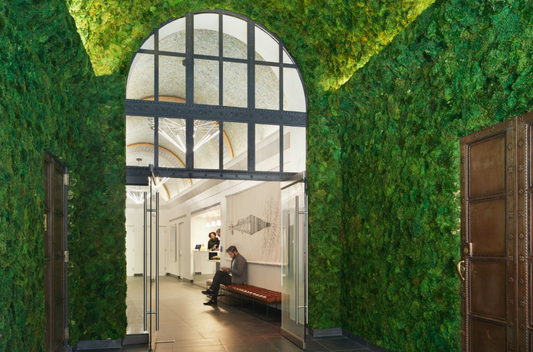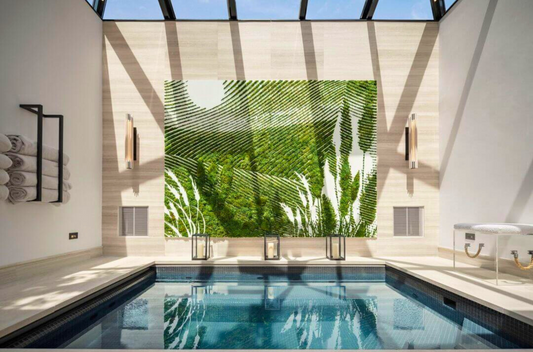Reconnecting with Nature Through Art
In a world increasingly characterized by stress and disconnection from the natural environment, the integration of art and interior design with organic elements presents a transformative avenue for enhancing our living and working spaces. This integration not only enriches our visual surroundings but also plays a crucial role in promoting mental and physical well-being. Contemporary artist Paloma Teppa, the visionary founder behind the design studio Plant the Future, is pioneering this movement. Her innovative use of natural art not only offers visually compelling environments but also supports our health and wellness, illustrating the core principle of "How Natural Art Enhances Our Wellbeing".
Scientific Backing: The Green Advantage
The positive correlation between human well-being and nature is well-documented in scientific literature. Incorporating plants and green elements into indoor environments can markedly diminish stress levels, elevate air quality, and foster an overarching sense of happiness and contentment. Highlighting this, a publication in the "Journal of Environmental Psychology" underscores that workspaces enriched with natural elements not only alleviate stress but concurrently boost productivity and creativity among employees. This evidence forms the cornerstone of the argument that natural art significantly benefits our well-being.
Paloma Teppa's Green Vision
Through her mastery in crafting art with moss and other plant materials, Paloma Teppa offers both an aesthetic and functional response to the innate human desire for nature connectivity. Her creations span artistic installations to bespoke interior design elements, incorporating living components that revitalize spaces. These transformed environments become more inviting, dynamic, and conducive to health, mirroring the essence of "How Natural Art Enhances Our Wellbeing".
Emotional and Environmental Resonance
Teppa's artistry fosters a profound emotional bond with the environment, inviting contemplation on nature's tranquility and splendor. The University of Exeter's research reveals that individuals in plant-enriched workspaces report significantly higher well-being levels compared to those in barren settings. This insight underscores the vital need for nature’s integration into our daily habitats to promote mental well-being.
Sustainability Meets Design
Paloma Teppa and Plant the Future exemplify the transformative potential of natural art in elevating life quality. By weaving greenery into interior designs innovatively, Teppa not only reshapes our understanding of interior aesthetics but also aligns with the broader sustainability and well-being movement. Her work serves as an invitation to rethink our interaction with the natural world, proving that even the most urban spaces can harbor connections to nature's essence.

